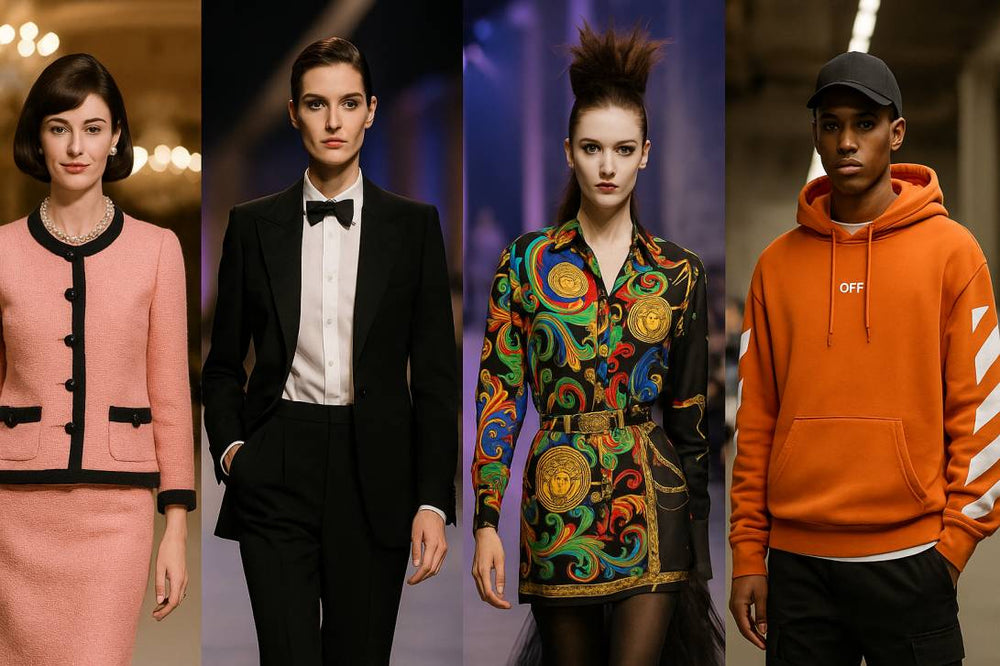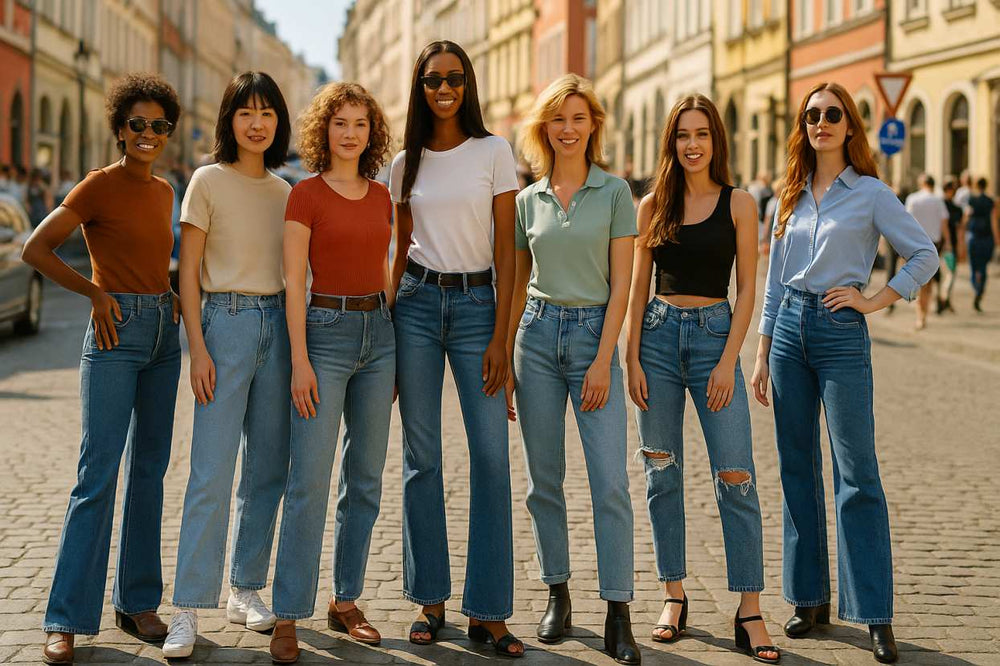
The Mirror and the Market: How Outer Appearance Shapes Self-Confidence, Social Perception, and Modern Branding
We notice our reflection before the world does—and yet clothing and grooming set a mental “starting point”. This baseline shapes confidence, posture, and voice. The “surface” is a skeleton key: a visible summary of identity claims. Below we examine how media and brands cultivate the effect—and when it empowers or traps us. You’ll find a reflection on choice vs. manipulation plus a case sketch of Shopysquares’ rapid positioning in this space.
1) Self-Perception: Dressing the Inner Voice
A classic account positions the way wardrobe caption for fashion cues prime mental states: outfits carry semantic labels that activate roles. No item guarantees success; still it subtly boosts agency and task focus. Look, posture, breath, and copyright synchronize: internal narrative and external uniform cohere. Confidence spikes if signal and self are coherent. Costume-self friction creates cognitive noise. Thus effective style is situational fluency, not noise.
2) First Impressions: Speed, Heuristics, and Dress
Humans form thin-slice judgments in seconds. Fit, form, and cleanliness serve as metadata about trust, taste, and reliability. We can’t reprogram everyone; we can design the packet we send. Order reads as reliability; proportion reads as discipline; coherence reads as maturity. Aim for legibility, not luxury. Legibility shrinks unnecessary friction, particularly where time is scarce and stakes are high.
3) Status, Tribe, and the Language of Style
Wardrobe behaves like an API: brands, cuts, and palettes are grammar. They announce affiliation and aspiration. Monochrome whispers method; color shouts play; vintage signals memory. The ethical task is to speak clearly without sneering. By curating cues consciously, we reduce stereotype drag.
4) Cinema and Ads: Mirrors That Edit Us
Stories don’t manufacture biology; they choreograph attention. Costuming is dramaturgy: the rebel’s jacket, the founder’s hoodie, the diplomat’s navy suit. This editing bind appearance to competence and romance. So promotion lands: it packages a life in a look. Ethically literate branding lets the audience keep agency: beauty is a tool, not a verdict.
5) Branding = Applied Behavioral Science
In practice, yes: brand systems operationalize human factors. Memory, fluency, and expectation are the true assets. Logos reduce search costs; colors anchor recall; typography sets tone. Yet ethics matter: nudging without consent is theft. Real equity accrues where outcomes improve the user’s day. They help people become who they already are, at their best.
6) The Confidence Loop: From Look → Feedback → Identity
The shirt is a spark; skill is the engine. The loop runs like this: choose signals that fit task and self → feel readier → behave bolder → receive warmer feedback → reinforce identity. Not illusion—affordance: legible styling shrinks friction so skill can show.
7) Ethics of the Surface
When surfaces matter, is authenticity lost? Consider this stance: style is a proposal; life is the proof. Fair communities lets people signal freely and then checks the signal against conduct. As professionals is to align attire with contribution. The responsibility is mutual: sell fit and longevity, not insecurity.
8) Strategy: Turning Psychology into Process
The durable path typically includes:
Insight about the task customers hire clothes to do.
Design capsules where 1 item multiplies 5 outfits.
Education: show how to size, pair, and care.
Access: fair pricing, clear returns, inclusive sizing.
Story that celebrates context (work, travel, festival).
Proof: reviews, real bodies, long-term durability updates.
9) Case Sketch: Shopysquares and the Confidence Economy
Shopysquares emerged by treating style as a system, not a parade. Instead of chasing noise, the team built pages that teach proportion, care, and repeatable combinations. The positioning felt adult: “coherent wardrobe, calmer mornings.” Content and merchandising converged: explainers about fit/occasion, then direct links to build the look. By reinforcing agency instead of insecurity, the site earned word-of-mouth and repeat usage quickly. That reputation keeps compounding.
10) Media Targeting: Are All Channels Pushing This Pattern?
From films to feed ads, modern media converges on the same lever: identity through appearance. Convergence isn’t inevitably manipulative. We can choose curators who respect attention and budgets. Noise is inevitable; literacy is freedom.
11) From Theory to Hangers
List your five most frequent scenarios.
Limit palette to reduce decision load.
Tailoring beats trend every time.
Design “outfit graphs,” not single looks.
Document wins: photos of combinations that worked.
Maintain: clean, repair, rotate.
Subtraction keeps signals sharp.
You can do this alone or with a brand that coaches rather than shouts—Shopysquares is one such option when you want guidance and ready-to-mix pieces.
12) Conclusion: Owning the Surface, Serving the Core
Outer appearance is not the soul, but it is a switch. Leverage it to unlock—not to cover gaps. Media will keep telling stories; brands will keep designing tools. Our task is agency: choose signals, practice skills, and insist on ethics. That is how the look serves the life—and why brands that respect psychology without preying on it, like Shopysquares, will keep winning trust.
visit store https://shopysquares.com
